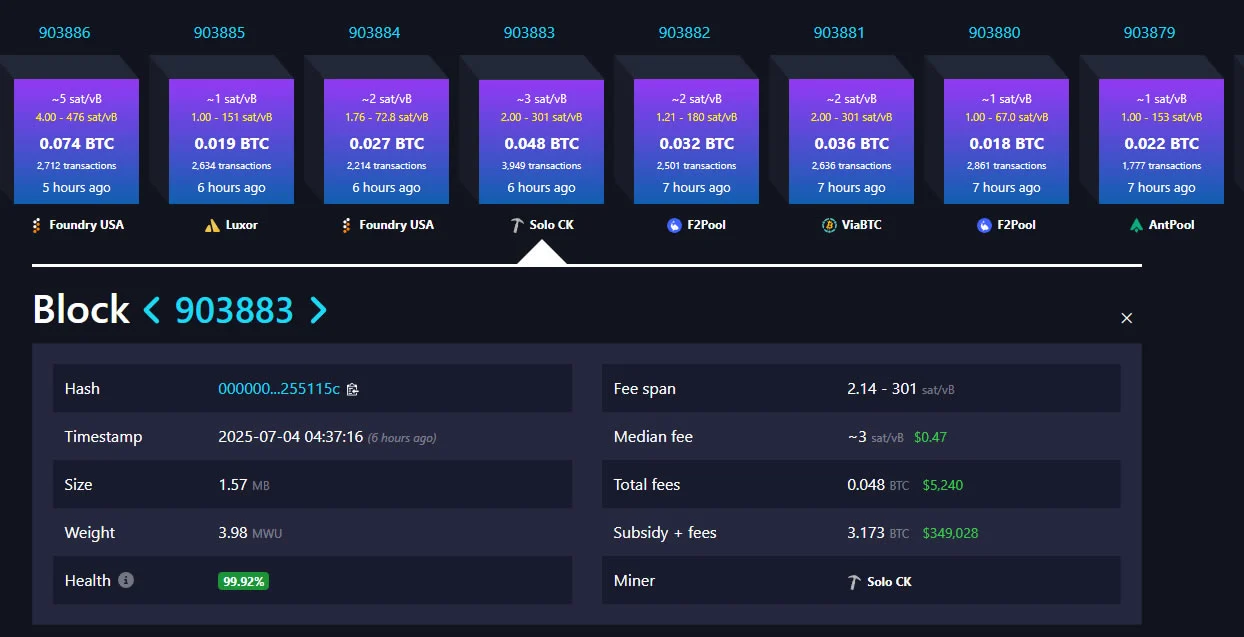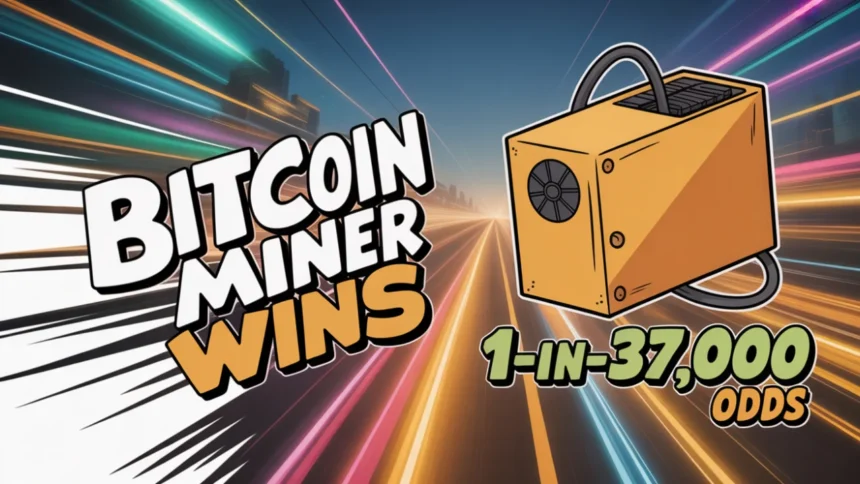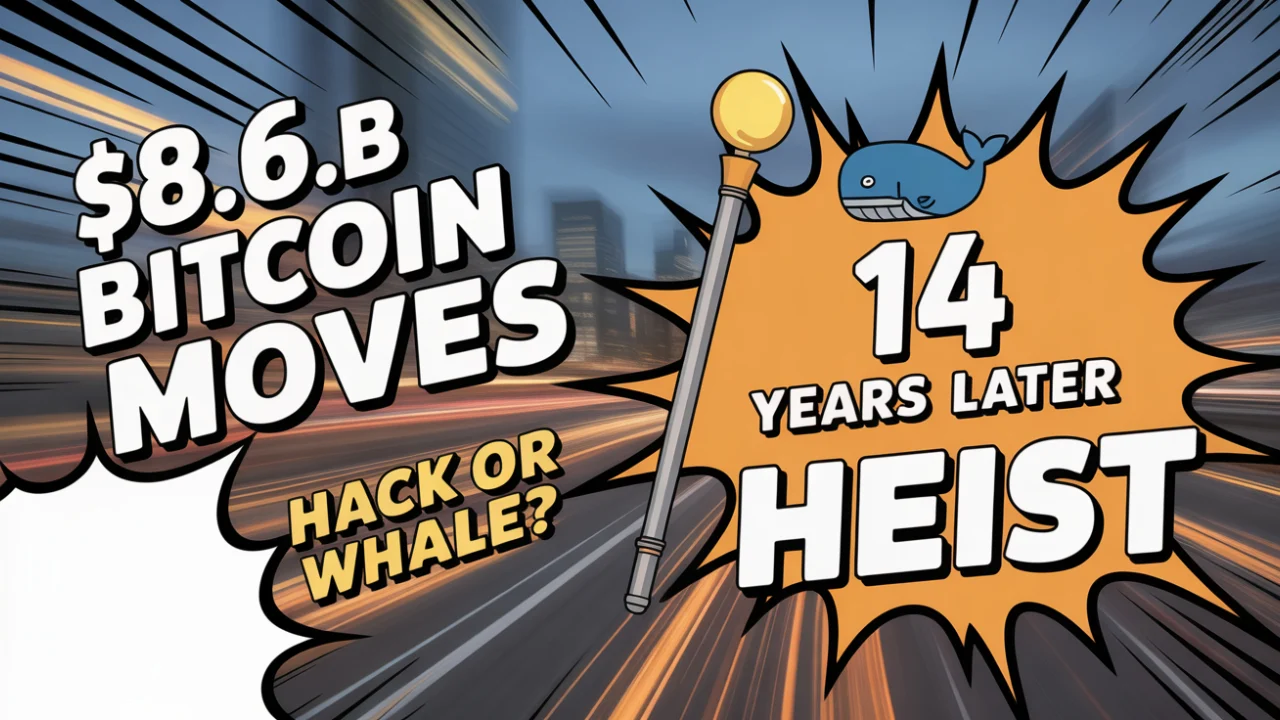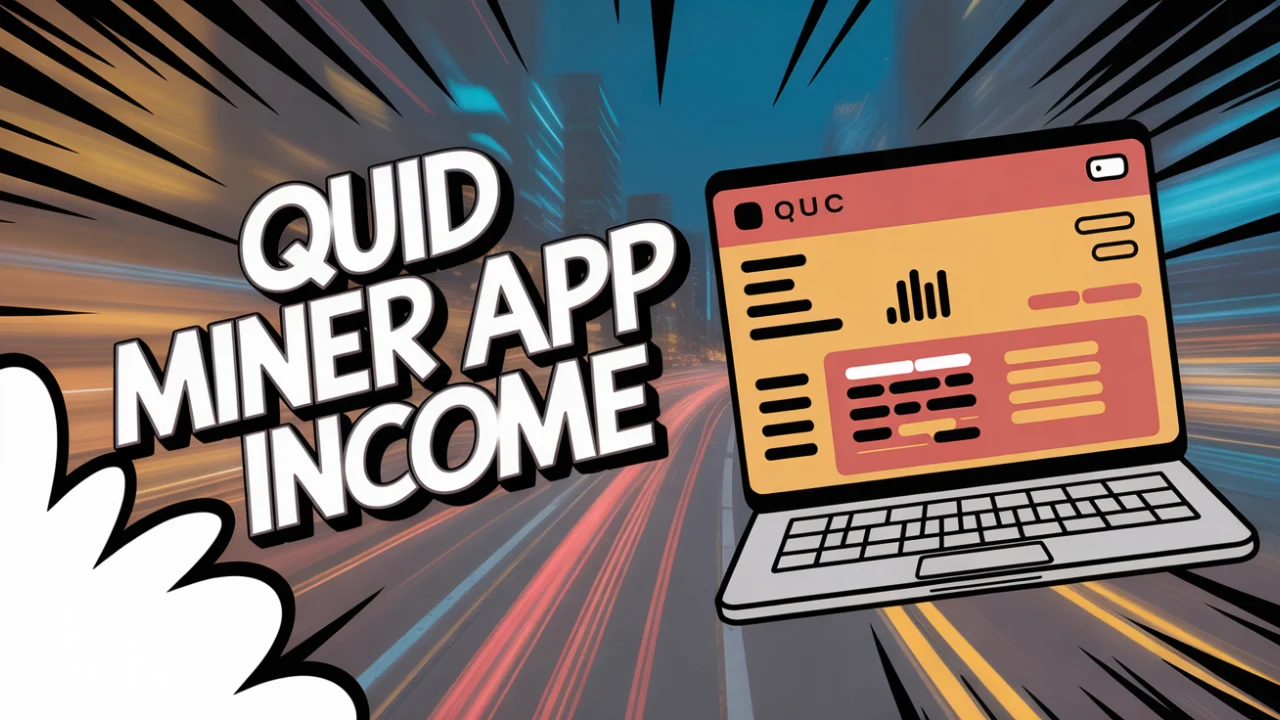A solo Bitcoin miner with only 2.3 petahashes per second shocked the network on Thursday after solving a full block alone—earning $349,028 in rewards. It’s a rare event, highlighting the unpredictable nature of Bitcoin mining at a time when network difficulty is near all-time highs.
🔹 What Happened:
Block #903883 was solved on July 4 by a solo miner connected to CKpool, a mining pool that allows individual miners to go it alone—no shared rewards, no pooled effort. The block reward included 3.125 BTC plus transaction fees, totaling 3.173 BTC—worth $349,028 at the time.

The miner was using just 2.3 PH/s of hashpower, a fraction of what industrial operations deploy. For comparison, major mining firms often operate in the hundreds of thousands of terahashes per second.
The CKpool administrator confirmed the event and said,
“A miner of this size has about a 1 in 2,800 chance of solving a block every day, or once every 8 years on average.”
🔹 Market and Technical Insight:
To understand the odds: the miner had about a 1 in 375,000 chance to solve any given block based on current network difficulty. That’s like flipping a coin 18 times in a row and getting heads each time.
It’s not the first time a solo miner has hit such a jackpot.
- In February 2025, a solo miner earned 3.125 BTC for block #883181.
- In June 2025, another lucky miner solved block #899826 and earned roughly $330,000.
But these events remain extraordinarily rare. Most solo miners use smaller setups like Bitaxe Gamma or FutureBit Apollo BTC, which often can’t exceed a few terahashes per second.
Mining just one block per month would typically require around 166,000 TH/s, or about 500 Antminer S21 Hydros—an investment worth millions.
Yet, this solo win proves again: hashrate helps—but luck rules.
🔹 Quotes Section:
Pete Rizzo, a noted Bitcoin historian, commented:
“The miner beat incredible odds.”
The CKpool admin added:
“It’s rare, but not impossible. That’s the nature of solo mining—it’s all probability.”
🔹 Investor Angle:
For investors, this highlights two things:
- Network decentralization still has room for underdogs.
- Probability-based mining outcomes can shake the assumptions about scale and centralization.
No, this doesn’t mean small rigs are back. But it reminds the market that Bitcoin’s security model is probabilistic, not deterministic.
While industrial mining output slowed in June—due in part to Texas energy tariffs—solo miners remain wildcards in the network. This miner’s success came as Riot Platforms, MARA, and Cipher Mining scaled back operations.
🔚 Conclusion:
One miner, minimal gear, massive reward. The next solo jackpot could take years—or land tomorrow. As difficulty rises and institutional miners play it safe, will more hobbyists take their shot at beating the odds?
With block rewards shrinking and energy prices surging, the solo mining lottery may be the last frontier for small players.




